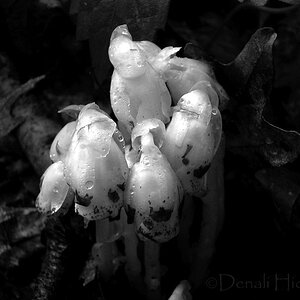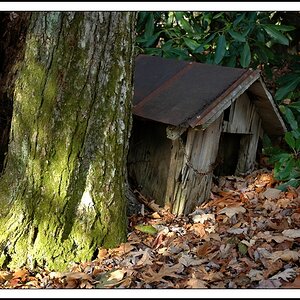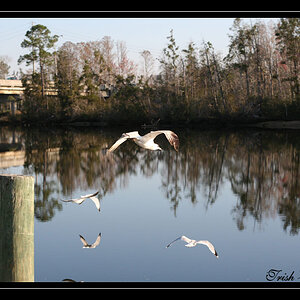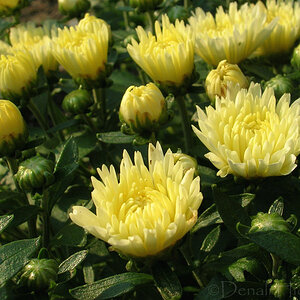I am new here, so I am going to jump right in and ask away. I hope that no one minds.
Okay, I have a Nikon D50, 20-80mm and 70-300mm. Here are my questions:
1. I want to get an off camera flash, which one would you suggest?
2. What is the barest minimum to set up a good studio? By this, I mean what color backdrops, what lighting (continuous or strobe), how many lights...etc.
3. I am still baffled by aperture and shudder speed. ISO is like greek to me. I normally shoot in a pre-programmed mode, but would love to learn more. I have read the books, but it is still confusing to me.
4. I will be shooting environmental senior portraits in a couple of weeks, anyone got any suggestions for that?
Okay, I have a Nikon D50, 20-80mm and 70-300mm. Here are my questions:
1. I want to get an off camera flash, which one would you suggest?
2. What is the barest minimum to set up a good studio? By this, I mean what color backdrops, what lighting (continuous or strobe), how many lights...etc.
3. I am still baffled by aperture and shudder speed. ISO is like greek to me. I normally shoot in a pre-programmed mode, but would love to learn more. I have read the books, but it is still confusing to me.
4. I will be shooting environmental senior portraits in a couple of weeks, anyone got any suggestions for that?



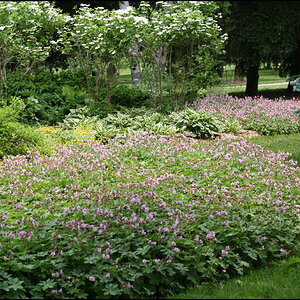

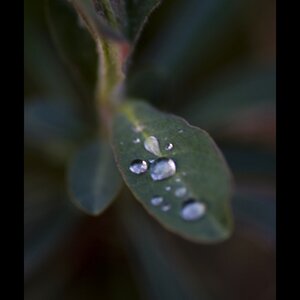
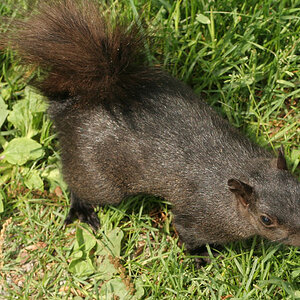

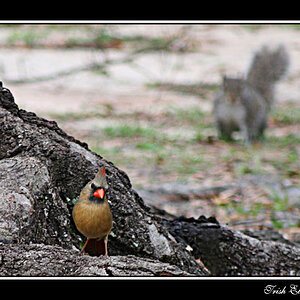
![[No title]](/data/xfmg/thumbnail/30/30875-d76f1fa085aee4334cb6b0cd62bb5e2d.jpg?1619734491)
